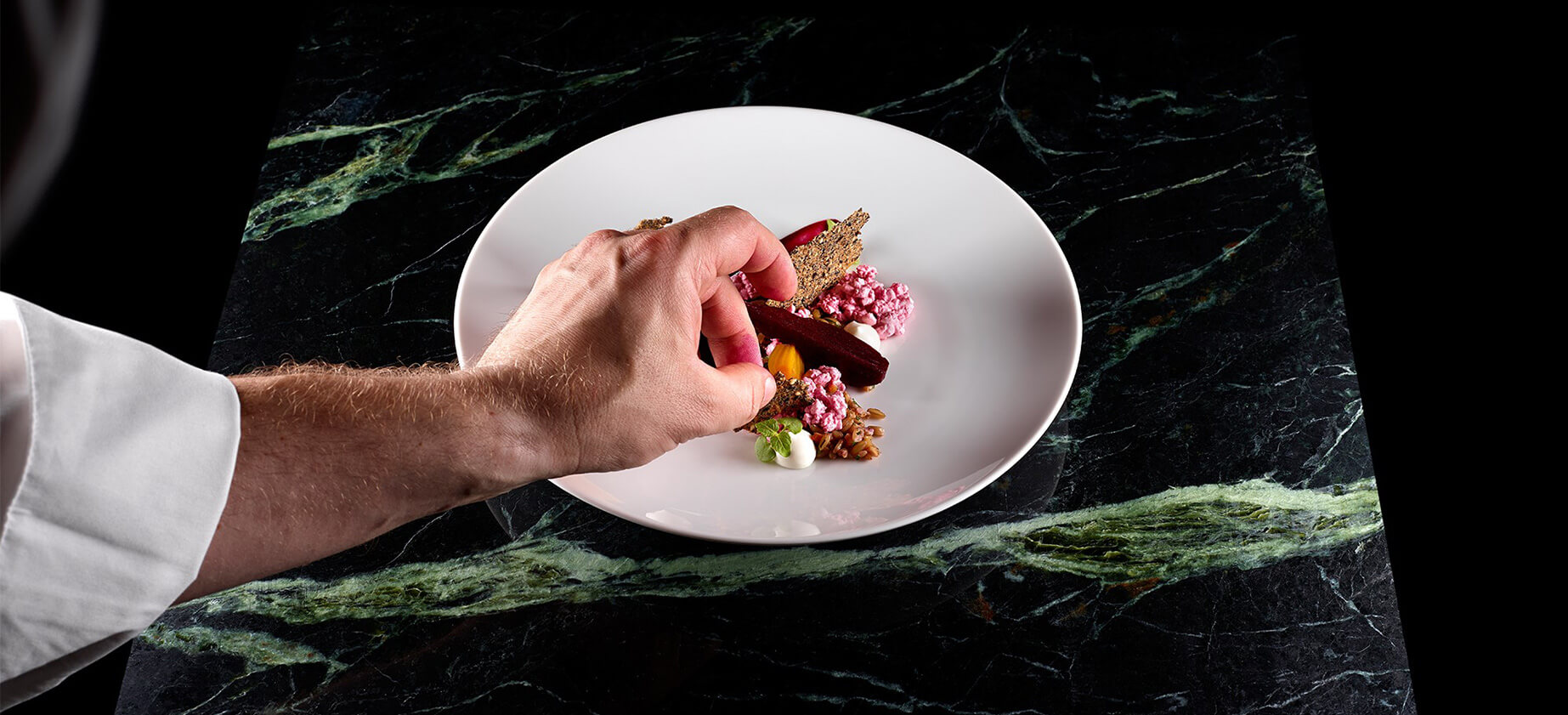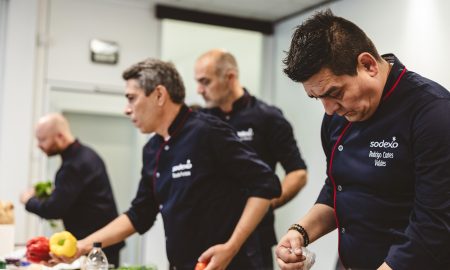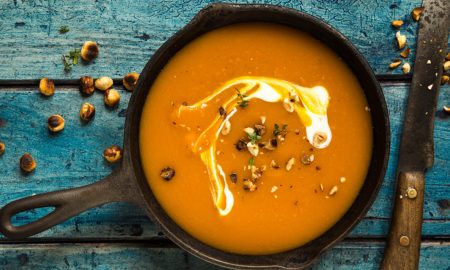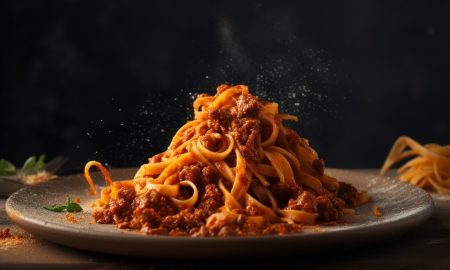The connection between food and art has a long tradition. What was once the obligatory fruit bowl for painters, is now any vaguely presentable dish for the food fetishist Instagram community. One can very well argue about the artistic aspirations of filtered photos of burgers and bowls as compared to the classic still lifes of pears and bananas. However, when compared to what modern artist chefs and food designers create, they are definitely superficial.
“Artists and designers are making increasingly important contributions to the design and transformation of food production and eating culture,” writes expert Hanni Rützler in her Food Report 2020. “Aesthetics serves them as a means of communication to draw attention to grievances and to express visually impressive criticism.”
Hybrid roast à la lamb pigeon
There are certainly enough subjects. These range from abundance and hunger, food handling and production, to health mania, a critique of globalization, individual likes and dislikes, and food preparation. “By experimenting with food and transforming it both in sensory and visual terms, they not only create an awareness of eating habits and culinary conventions, but also question them,” writes Rützler about artist chefs. When the 3-star chef Alain Passard conjures up a lamb pigeon for the art magazine Beaux Arts, the focus is on aesthetics and bewilderment. While meat fibers grown in laboratories are on the cusp to merging into mainstream-capable cultured meat, thoughts of hybrid roasts no longer seem outlandish.
If consuming meat, as we know it today, were a thing of the past, an entire culture and various professions, such as butchery, would be lost along with it. To keep these alive in the imagination of a post-meat era, there is this sculpture by Hanan Alkouh: These are amazingly real-looking pieces of pork made from dulse, a superfood alga that tastes like bacon when fried.
Design aims to change eating, not food
The transition from an artistic focus on reflection, provocation, bewilderment and aesthetics, to the new, creative solutions of design that strive to go beyond this, is becoming blurred in many ways. The intention, however, is still the same – to initiate change.
Marije Vogelzang, Europe’s leading food designer, sees a problem with the public perception of her field. “There’s a misunderstanding about food design, that it simply means making food beautiful,” she says, pointing out that food is perfect by nature. Vogelzang, who therefore prefers to call herself an eating designer, is not interested in changing food, but rather the way we produce and consume food. One of her projects – Volumes – is dedicated to the quest to turn eating back into a mindful experience as well as satisfying restaurant guests with smaller portions. For this Vogelzang uses shapes around which the food is arranged on the plate. On the one hand this is a stylistic device to visually enhance the dish, on the other hand the brain is outwitted by the suggestion of a larger portion. “We tend to overeat. With the volumes on your plate, your brain detects more food than there actually is,” explains Vogelzang. “Your stomach can’t count. Your brain tells it when you’ve had enough.”
The Synesthetic Dinner from the Dutch food design studio The Eatelier also presents a potential new gastronomic concept. It alludes to the neurological phenomenon of synaesthesia, or, in a nutshell, the linking of the senses. Through the collaboration with a DJ and a visual artist, a 5-course meal becomes a holistic sensory experience.
Circle of life – The guest at the algae aquarium drip
If you are looking for a new idea for a bar, you might find inspiration in an installation by the Eat Art Collective. In Alga’s Bar the guests are hooked on to an aquarium full of algae, for which they supply heat and carbon dioxide with their body and breath. In return, they are supplied with nutrient-rich algae smoothies or cocktails.
Speaking of superfoods, Julia Schwarz considers lichen to be one of the major players in the future diet of mankind. Algae-fungal symbiosis occurs in at least 20,000 different species in the world; it can grow on almost any surface and is extremely resilient. Perfect prerequisites, says Schwarz. With her docufiction Unseen Edible, she describes a future in which lichens are part of our food chain and end up on our plates in various forms.
Art and design provide food industry and gastronomy professionals with sources of inspiration that give them food for thought, shake them up and point out future scenarios. They encourage us to examine our eating habits, our eating rituals and our food, perhaps, or even especially, because they seem strange and bizarre at first. They look at food from new perspectives and reveal what might be possible. Or as Rützler puts it: “Art provokes and bewilders – design seeks creative solutions and visions. And this radically different way of thinking opens up new horizons for the food and beverage industry to innovate our nutrition system.”















